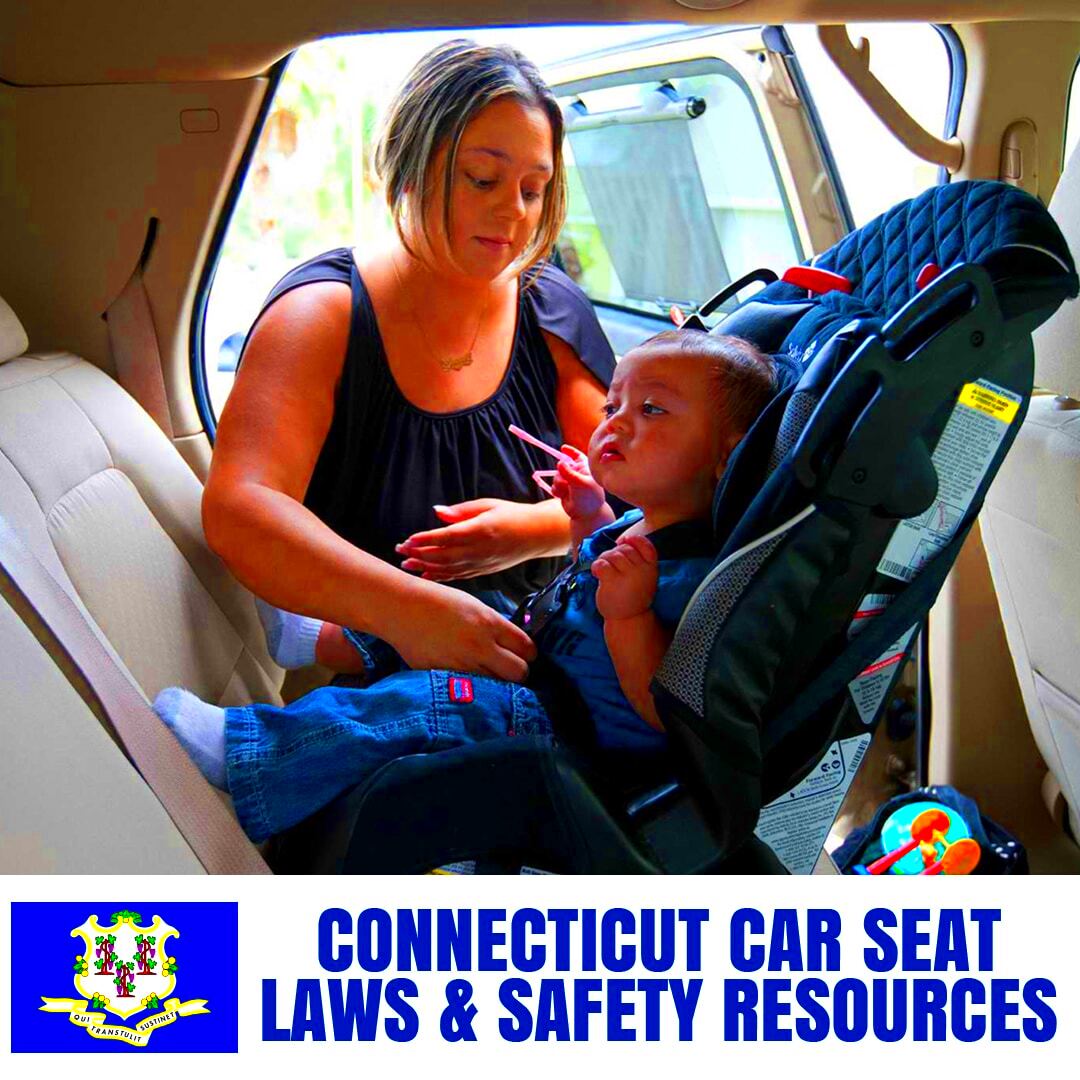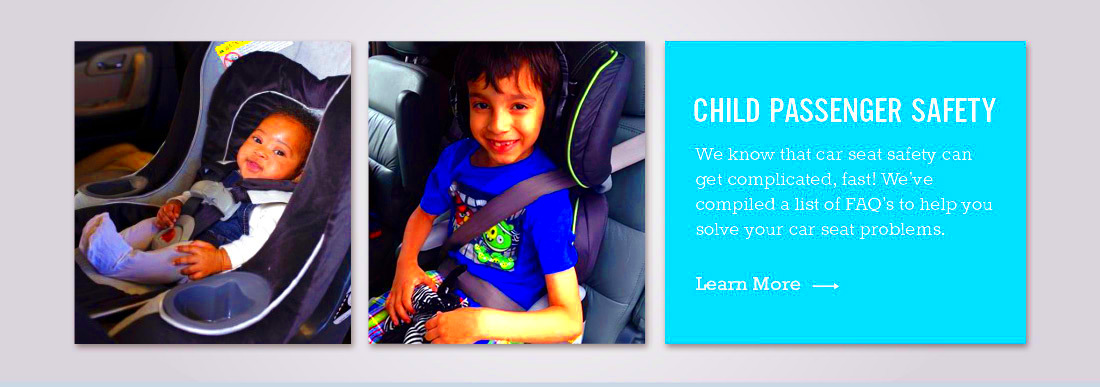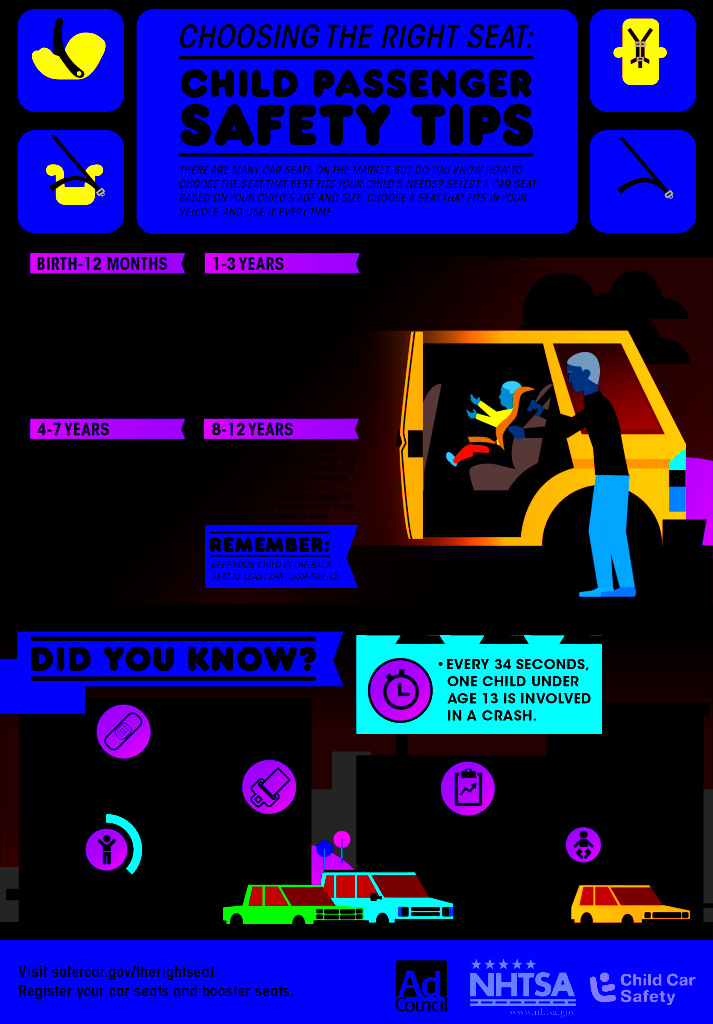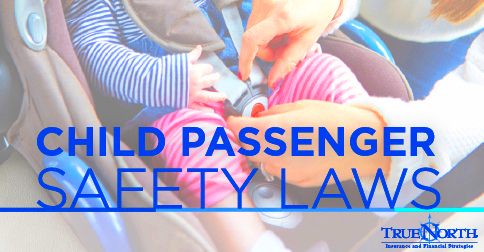Enforcement of Child Passenger Safety Seat Laws in Connecticut
The state of Connecticut has made a commitment to safeguarding its youth when they are being moved in automobiles. In particular, it has made laws that are strictly focused on the issue of child passenger safety seats whose intention is to protect these young and weak persons who travel on the roads. Such laws give direction as how parents should secure their kids properly before leaving home with them. As such, there is need for every motorist to understand these statutes; otherwise he or she may be slapped with fines as well as jeopardizing life of a toddler.
Importance of Child Passenger Safety

Child passenger safety is not just a legal requirement; it’s a fundamental aspect of protecting our children. Research shows that using the appropriate safety seat can significantly reduce the risk of injury or death in the event of a car crash. According to the National Highway Traffic Safety Administration (NHTSA), proper car seat use can reduce the risk of fatal injury by up to 71% for infants and by 54% for toddlers.
Some important things to keep in mind when it comes to ensuring the safety of child passengers are:
- Correct Seat Usage: Ensuring the right type of seat is used for a child’s age, weight, and height.
- Proper Installation: A correctly installed seat is crucial for effective protection.
- Legislation Compliance: Understanding and adhering to state laws to avoid fines and ensure safety.
Usually, laws regarding the safety of children in cars are made to ensure that parents have some reassurance that they are making every effort to keep their kids safe.
Types of Child Safety Seats

There are many kinds of child safety seats available, each one meant for a distinct phase in a child’s life. A summary of the main kinds is presented below:
| Type of Seat | Description | Age/Weight Range |
|---|---|---|
| Rear-Facing Seats | These seats are designed to support infants and young children by cradling their head, neck, and spine in a crash. | Birth to at least 2 years old, or until they reach the maximum weight/height limit of the seat. |
| Forward-Facing Seats | These seats are suitable for children who have outgrown their rear-facing seats, providing additional protection with a harness. | Typically for ages 2 to 7, depending on size. |
| Booster Seats | These elevate a child so that the vehicle’s seatbelt fits properly across their body. | Generally for children ages 4 to 8, or until they reach 4’9” in height. |
| Seat Belts | Once a child is big enough for an adult seat belt, they no longer need a booster seat. | Usually recommended for children over 8 years old or who have reached 4’9” tall. |
When it comes to going on a trip, it is important to choose the appropriate type of safety seat because your child’s life depends on this very decision. In order to make an informed decision about the seat, parents need to take into account their child’s age, weight and height, besides following the installation and usage guidelines as laid down by manufacturers.
Connecticut’s Regulations on Safety Seats

Connecticut has set clear rules about child safety seats meant to serve the purpose of keeping kids safe when they are riding in cars their greater good. Not only do these regulations stress on use of right car seats according to the age and size of an individual but also provide severe punishment for failure to do so by anyone. This means that parents together with other caregivers should know about them so as to protect their children from harm and save themselves from court cases.
These are the key aspects of Connecticut’s laws on child restraint systems:
- Usage Requirement: All children under the age of 16 must be restrained in an appropriate child safety seat, booster seat, or seat belt, depending on their size and age.
- Rear-Facing Seat: Children must ride in a rear-facing safety seat until they are at least two years old or reach the maximum weight/height limit of the seat.
- Forward-Facing Seat: Once they outgrow the rear-facing seat, children should use a forward-facing seat with a harness until they reach the manufacturer’s weight or height limit.
- Booster Seats: After outgrowing a forward-facing seat, children should use a booster seat until they can properly fit in a seat belt.
- Seat Belt: A child is ready to use a seat belt alone when they are at least 4 feet 9 inches tall and between 8 to 12 years old.
The driving habits of all road users will be improved and made safer by understanding and adhering to these regulations, which not only ensure the safety of children.
Age and Weight Requirements

In determining the right kind of safety seat for children, age and weight requirements are very important for child passenger safety. The guidelines aim at enhancing the safety of children by ensuring that they are always properly restrained even as they continue to grow. Below is an overview of Connecticut’s main age and weight requirements:
| Age Group | Type of Seat | Weight Range |
|---|---|---|
| Infants | Rear-Facing Seat | Up to 40 pounds (varies by seat) |
| Toddlers | Rear-Facing Seat | At least 2 years old or up to 40 pounds |
| Preschoolers | Forward-Facing Seat | Typically 20 to 65 pounds |
| Young Children | Booster Seat | 40 to 100 pounds |
| Older Children | Seat Belt | At least 4 feet 9 inches tall and 8 to 12 years old |
In this way, the safety of children during transportation could be greatly improved by making sure that they are within these age and weight limits. Because children grow at different rates it is important to constantly monitor their physical development and adjust the car safety seats accordingly.
How to Properly Install a Child Safety Seat
Choosing the right child safety seat is only half the battle, the other half is installing it properly. Correct installation is also necessary for the seat to work as intended. An improper installation may put you at risk in case of an accident. Below are steps to properly install a child safety seat:
- Read the Manual: Always start by reading both the car seat manual and your vehicle’s owner manual. They provide specific instructions that can vary by model.
- Choose the Right Position: The back seat is the safest place for children. If possible, place the car seat in the middle seat, as it is farthest from side-impact collisions.
- Secure the Seat: Use either the LATCH system (Lower Anchors and Tethers for Children) or the vehicle’s seat belt to secure the car seat. If using a seat belt, ensure it’s locked in place.
- Check the Angle: Ensure that the seat is at the correct angle, especially for rear-facing seats. Many car seats have built-in level indicators to help with this.
- Test the Installation: Once installed, grab the seat at the base and try to move it. It should not move more than an inch side to side or front to back.
- Harness Your Child: Ensure the harness straps are snug against your child’s chest and that the clip is positioned at armpit level. Adjust the harness as your child grows.
Installers and should have their gear checked with a certified child passenger safety technician. Not only they can give expert advice but also make sure everything is okay.
Penalties for Non-Compliance
Connecticut child seat laws require that every parent and guardian understand their penalties for breaking the law. These laws are meant to protect children; nevertheless those who do not comply with them may face serious ramifications, such as legal issues or harm to the child. Caregivers who know such penalties are likely to buckle up their children properly in their vehicle seats.
In this way, what follows are the most important punishments against disobedience:
- Fines: Failing to properly restrain a child in a safety seat can result in fines. In Connecticut, the first offense may lead to a fine of up to $100. Subsequent offenses can result in higher fines.
- Points on Driving Record: In some cases, a violation may result in points being added to a driver’s record, which can affect insurance rates.
- Required Education: Offenders may be mandated to attend a child passenger safety class to learn about proper restraint use.
- Increased Risk: Beyond legal penalties, failing to comply puts children at a higher risk of injury or death in an accident.
Familiarity with these penalties is important for caregivers not only to avoid fines but also to ensure the safety of their children. By frequently reviewing and abiding by safety seat regulations, it is possible to prevent these consequences from occurring.
Resources for Parents and Caregivers
In the quest of guaranteeing the safety of children during journeys, reliable resources are very important to parents and caregivers. However, those in Connecticut are fortunate since they have many sources where they can learn about the laws governing child passenger safety seats as well as how to install them correctly.
Valuable resources which are here:
- Connecticut Department of Transportation: Their website provides detailed information about child passenger safety laws and guidelines.
- Safe Kids Connecticut: This organization offers educational materials, car seat checks, and events focused on child safety.
- Local Fire Departments: Many fire stations provide car seat installation assistance and checks for free. Call ahead to confirm availability.
- Community Health Clinics: Clinics often host workshops on car seat safety, including installation demonstrations.
- Online Resources: Websites like NHTSA’s Car Seat Finder tool can help parents select the right seat for their child’s age and size.
These resources could enable caregivers to be able to select appropriate child safety seats as per the legal requirements of their state.
Frequently Asked Questions
In terms of Connecticut’s laws on car seats for children, there are many queries that arise with parental figures. These are frequently asked questions and their respective answers that aim at providing some clarity and help:
- What age can my child switch to a booster seat?
Typically, children can transition to a booster seat when they are at least 40 pounds and are at least 4 years old. - How long should my child remain in a rear-facing seat?
Connecticut law recommends that children remain in a rear-facing seat until they are at least 2 years old or reach the maximum weight/height limit for that seat. - Are there exceptions to the safety seat laws?
Yes, some exceptions exist, such as for children with special medical needs. However, it is essential to consult with a healthcare professional in such cases. - Can I use a secondhand car seat?
It’s important to check that the secondhand car seat has not been recalled, is not expired, and has all its parts. Always follow the manufacturer’s instructions. - Where can I get my car seat checked for safety?
You can have your car seat checked at local fire departments, community health centers, or through organizations like Safe Kids Connecticut.
By addressing these queries, we can relieve the worries of parents and give them the authority to act so that they may protect their kids from car dangers.
Conclusion
Overall, a knowledge on and compliance with the laws governing the child seat belt in Connecticut is of paramount importance for the protection of our youngest passengers. It is important to note that these laws are meant not only to provide safety when there is an accident but also encourage good driving practices among those who take care of children. Thus, by using the right type of safety seat according to age and weight as well as fitting it correctly together with keeping an update on code enforcement, parents can reduce chances of injury. Furthermore, making use of available resources and being aware about punishments for disobeying can get rid of all hazards on the roadways. Always remember that slight changes in proper usage of restraint systems might save lives.


